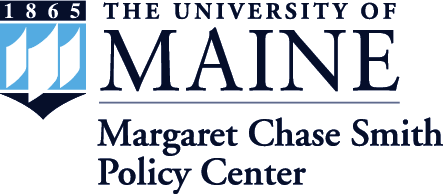Abstract
Maine tourism relies heavily on the iconic imagery of working waterfronts, including harbors bobbing with lobster boats surrounded by shingled shacks in a rainbow of buoys. Adapted from agritourism, aquatourism is an experience that engages visitors with the landscape and stories of those who fish. According to the literature on the Experience Economy, the emotions generated by such experiences can translate into sales in real time as well as behavioral intentions to purchase in the future. What role can aquatourism play in sustaining working waterfronts? Using a mixed methods approach, this research study utilizes interviews from both producers and consumers to understand the value that aquatourism can generate for the Maine fishing industry. This research shows that with a design that incorporates Participation, People, Product, and Place, the fishing industry and its partners can engage visitors in memorable experiences that could transform them into loyal consumers of Maine fishery products.
First page
205
Last page
213
Rights and Access Note
This Item is protected by copyright and/or related rights. You are free to use this Item in any way that is permitted by the copyright and related rights legislation that applies to your use. In addition, no permission is required from the rights-holder(s) for non-commercial uses. For other uses you need to obtain permission from the rights-holder(s).
DOI
https://doi.org/10.53558/VAII8961
Recommended Citation
Paras, Caroline, and Tracy S. Michaud. "The Role of Aquatourism in Sustaining Maine’s Working Waterfronts." Maine Policy Review 32.2 (2023) : 205 -213, https://digitalcommons.library.umaine.edu/mpr/vol32/iss2/37.
Creative Commons License

This work is licensed under a Creative Commons Attribution-NonCommercial-No Derivative Works 4.0 International License.
